Dive into the heart-pounding world of disaster films where the stakes are high, and the settings are confined to testing facilities. These movies not only provide an adrenaline rush but also offer a unique perspective on how science can go terribly wrong. From nuclear reactors to biological experiments, these films showcase the catastrophic potential of human error and the relentless fight for survival. Whether you're a fan of suspense, science fiction, or just love a good disaster flick, this curated list promises to keep you on the edge of your seat.

The Andromeda Strain (1971)
Description: This film revolves around a deadly alien microorganism brought back to Earth, leading to a lockdown in a high-security lab where scientists must find a cure before the pathogen escapes.
Fact: The film was based on Michael Crichton's novel and was one of the first to explore the concept of biological warfare and containment.
 Watch Now
Watch Now 
The Fly (1986)
Description: A scientist's teleportation experiment goes horribly wrong, turning him into a human-fly hybrid. His lab becomes the central testing facility for his desperate attempts to reverse the process.
Fact: The film's special effects, particularly the transformation scenes, were groundbreaking for the time.
 Watch Now
Watch Now 
The Abyss (1989)
Description: While primarily an underwater adventure, the film involves a deep-sea drilling platform where experiments with non-Newtonian fluid lead to encounters with an alien species.
Fact: James Cameron, the director, developed a new type of underwater filming equipment to capture the deep-sea scenes.
 Watch Now
Watch Now 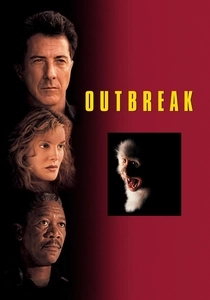
Outbreak (1995)
Description: This film follows the outbreak of a deadly virus in the U.S., with scenes set in military and CDC labs where scientists work to contain and cure the disease.
Fact: The film was one of the first to depict the use of a fictional virus, Motaba, which was inspired by real-life concerns about emerging infectious diseases.
 Watch Now
Watch Now 
The Core (2003)
Description: In this film, a team of scientists must drill to the Earth's core to restart its rotation after a series of catastrophic events. The testing facility here is the Earth itself, with the team's base of operations being a high-tech drilling ship.
Fact: The film was inspired by the Jules Verne novel "Journey to the Center of the Earth," but with a modern twist involving geophysics and disaster scenarios.
 Watch Now
Watch Now 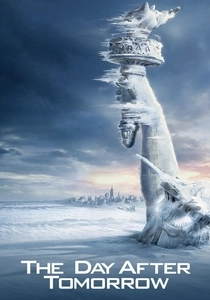
The Day After Tomorrow (2004)
Description: While not exclusively set in a testing facility, the film features scientists in a lab who predict and then witness the onset of a new ice age. Their research facility becomes a critical point for understanding and combating the disaster.
Fact: The film was criticized for its scientific inaccuracies, but it did spark discussions about climate change.
 Watch Now
Watch Now 
The Crazies (2010)
Description: A remake of George A. Romero's 1973 film, this movie deals with a biological weapon that turns people into homicidal maniacs. The testing facility is where the weapon was developed, leading to the town's quarantine.
Fact: The film was shot in Iowa, giving it a very authentic small-town feel.
 Watch Now
Watch Now 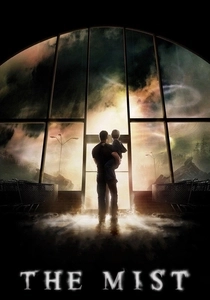
The Mist (2007)
Description: Based on Stephen King's novella, this film features a supermarket turned into a makeshift testing ground for survival when a mysterious mist filled with creatures envelops the town.
Fact: The film's ending was famously changed from the novella, sparking much debate among fans.
 Watch Now
Watch Now 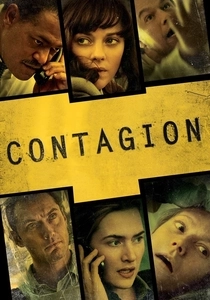
Contagion (2011)
Description: Although not a traditional disaster film, "Contagion" focuses on the rapid spread of a deadly virus, with much of the action taking place in CDC labs and testing facilities where scientists race against time to develop a vaccine.
Fact: The film was praised for its realistic portrayal of a global health crisis, eerily predicting aspects of the COVID-19 pandemic.
 Watch Now
Watch Now 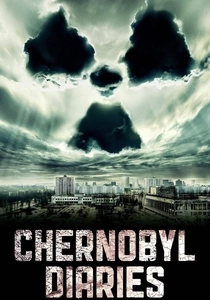
Chernobyl Diaries (2012)
Description: While not directly about a testing facility, the film explores the aftermath of the Chernobyl disaster, with scenes in abandoned labs and testing areas where tourists encounter mutated creatures.
Fact: The film was shot in Serbia, standing in for the Chernobyl Exclusion Zone.
 Watch Now
Watch Now 








